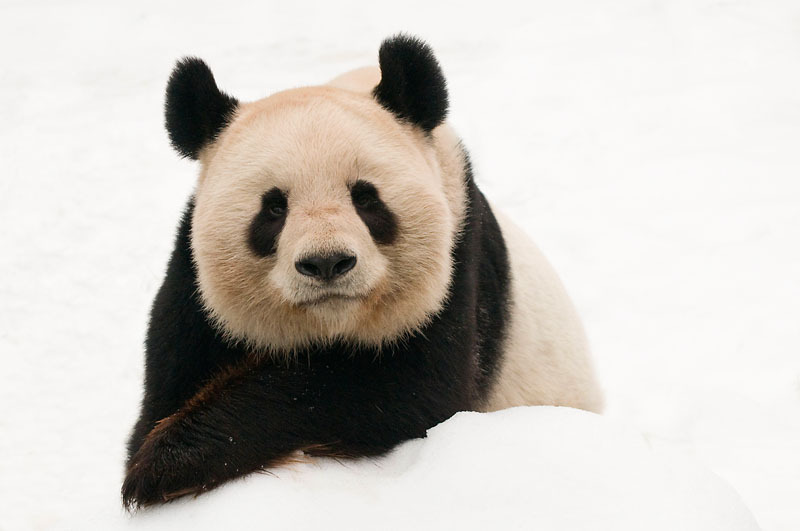Getting wild about Pandas
The giant panda is perhaps the most powerful symbol in the world when it comes to species conservation.
In China, it is a national treasure, and for WWF the panda has a special significance since it has been the organization’s symbol since 1961 when WWF was formed.
As “panda-monium” strikes Toronto this weekend with the long-awaited opening of the giant panda exhibit at the Toronto Zoo, it’s a great chance for Canadians to learn more about this incredible species. It’s also an important opportunity to kindle a passion for conservation—not only for the cute, cuddly, and charismatic animals that colour our world, but for the entire web of life that’s connected to them…including us!
Here are 5 great facts to get your panda juices flowing:
- In 2004, a survey counted 1,600 left pandas in the wild (read more)
- An adult panda can weigh about 100-150kg and grow up to 150cm.
- Pandas have the digestive system of a carnivore, but they have adapted to a vegetarian diet of bamboos. A panda may eat 12-38kg of bamboo a day
- The panda cub is 1/900th the size of its mother, one of the smallest newborn mammals relative to its mother’s size.
- When breeding, pandas require at least 30km² to support them over the short term.
Want to learn more? Check out this great chat about giant pandas that our Steven Price had with Toronto Star readers this past spring.
How you can help:
Support WWF’s work such as the panda conservation programme and adopt a giant panda today!



